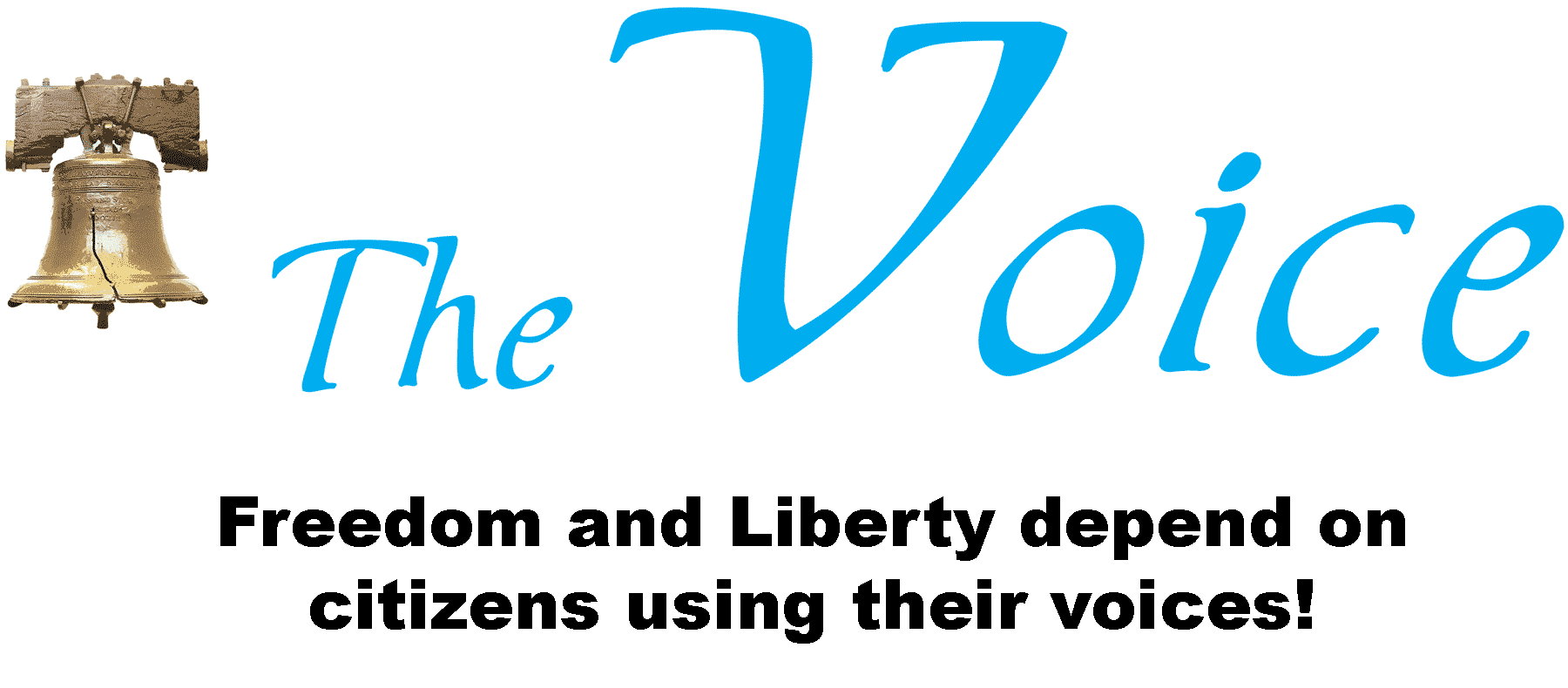October 21
Approximately 100,000 demonstrators, including radicals, liberals, black nationalists, hippies, professors, women’s groups, and war veterans, rally at the Lincoln Memorial in Washington, D.C. and march on the Pentagon to protest the Vietnam War. – 1967.
October 22
In a televised speech of extraordinary gravity, U.S. president John F. Kennedy announces that U.S. spy planes have discovered Soviet missile bases in Cuba. These missile sites, under construction, but nearing completion, housed medium-range missiles capable of striking a number of major cities in the United States, including Washington, D.C.. – 1962.
The first parachute jump of note is made by André-Jacques Garnerin from a hydrogen balloon 3,200 feet above Paris. – 1797.
October 23
A suicide bomber drives a truck filled with 2,000 pounds of explosives into a U.S. Marine Corps barracks at the Beirut International Airport. The explosion kills 220 Marines, 18 sailors, and three soldiers. A few minutes after that bomb went off, a second bomber drives into the basement of the nearby French paratroopers’ barracks and kills 58 more military members. President Ronald Reagan pulled troops out of Lebanon. – 1983.
Explosion and fire at Phillips Petroleum refinery in Pasadena, Texas, kills 23 and injures 314. – 1989.
Postal workers Joseph Cursseen and Thomas Morris die after inhaling anthrax at the Brentwood mail sorting center in Washington, D.C.. Other postal workers are made ill. Letters containing the deadly spores had been addressed to U.S. Senate offices and media outlets. – 2001.
October 24
A 63-year-old schoolteacher, Annie Edson Taylor, becomes the first known person to take the plunge over Niagara Falls in a barrel. – 1901.
The first U.S. federal minimum wage, 25¢ an hour, takes effect, thanks to enactment of the Depression-era Fair Labor Standards Act (FSLA). The law required an increase to 30¢ an hour one year from this date, and to 40¢ an hour on this date in 1945. The FLSA established the 40-hour work week and forbade child labor in factories. – 1938.
Less than two months after the end of World War II, the United Nations is formally established with the ratification of the United Nations Charter by the five permanent members of the Security Council and a majority of other signatories. – 1945.
The supersonic Concorde jet makes its last commercial passenger flight, traveling at twice the speed of sound from New York City’s John F. Kennedy International Airport to London’s Heathrow Airport. – 2003.
October 25
During the Battle of the Leyte Gulf, during World War II, the Japanese deploy kamikaze (divine wind) suicide bombers against American warships for the first time. During the war more than 1,321 Japanese aircraft crash-dived their planes into Allied warships. Approximately 3,000 Americans and Brits died because of these attacks. – 1944.
President Richard Nixon vetoes the War Powers Resolution, which would have limited presidential power to commit armed forces abroad without Congressional approval. Nixon claimed that the bill imposed “unconstitutional and dangerous restrictions” on presidential authority. Nevertheless, Congress passed the law over Nixon’s veto November 7, 1973. -1973.
October 26
After eight years and at least 1,000 worker deaths, mostly Irish immigrants, the Erie Canal opens, which links the Great Lakes and the Atlantic Ocean. It cost $7 million and was 363 miles long, 40 feet wide, and four feet deep. – 1825.
The Earp brothers face off against the Clanton-McLaury gang in a legendary shootout at the OK Corral in Tombstone, Ariz.. The famous gunfight that ensued lasted all of 30 seconds, and approximately 30 shots were fired. – 1881.
U.S. president George W. Bush signs the USA PATRIOT Act, (Uniting and Strengthening America by Providing Appropriate Tools Required to Intercept and Obstruct Terrorism), an anti-terrorism law drawn up in response to the attacks of September 11, 2001. The Patriot Act expanded the definition of terrorism to allow the federal law enforcement increased powers for access to personal information. – 2001.
October 27
The New York City subway opens to the general public, and more than 100,000 individuals pay a nickel each to take their first ride under Manhattan that day. More than 100 workers died during the construction of the first 13 miles of tunnels and track. – 1904.

